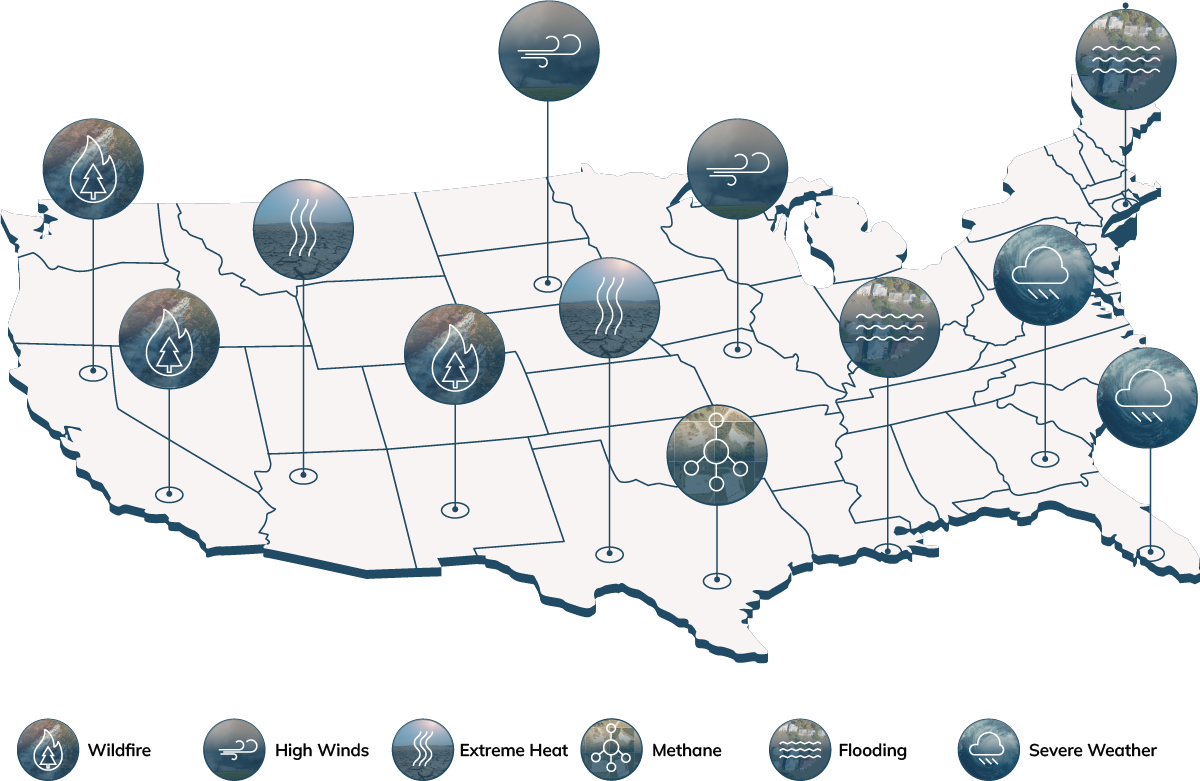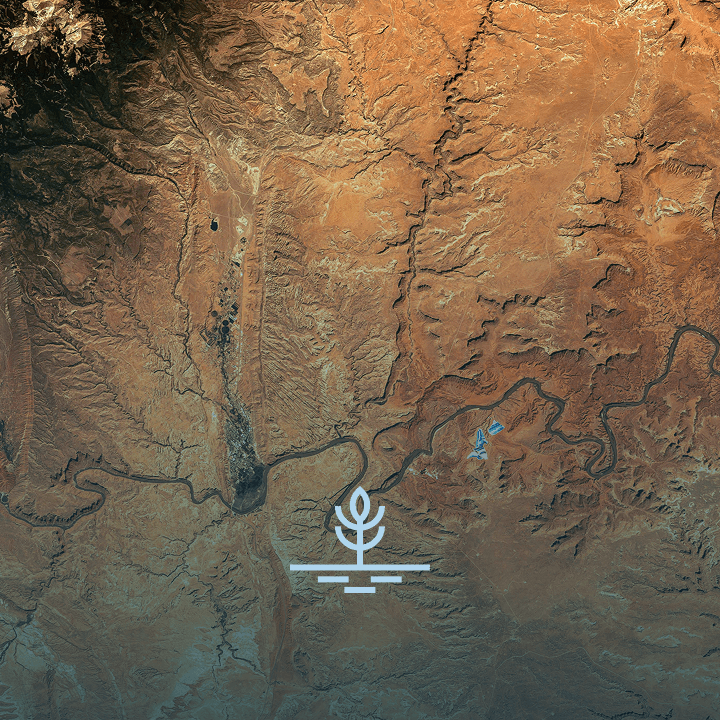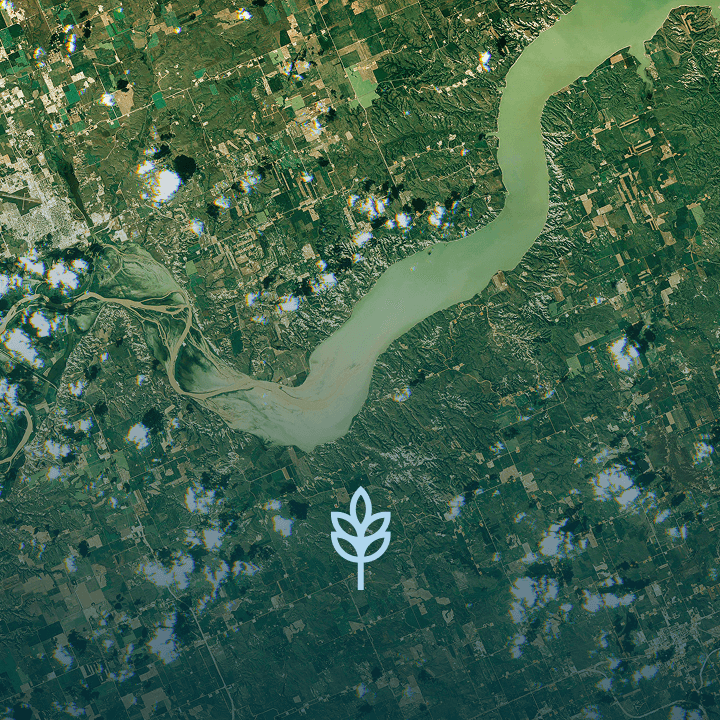EarthDaily for Forestry
Proactive Environmental Risk Mitigation with EarthDaily
Empowering Industries with Data-Driven Insights
The Challenge
Escalating & Unpredictable Environmental Threats
Environmental risks are escalating globally, from wildfires and floods to climate-related disasters. Without real-time, precise data, organizations face operational disruptions, financial losses, and increased regulatory pressure.


The Solution
EarthDaily: Your Partner in Risk Mitigation
EarthDaily offers high-resolution, daily Earth observation data enhanced by AI-driven analytics. Our solutions empower organizations to:
- Identify Threats Instantly: Real-time monitoring for early detection.
- Prevent Disasters Before They Strike: Predictive analytics for proactive risk management.
- Strengthen Your Operations: Minimize vulnerability to environmental hazards.
- Gain a Regulatory Advantage: Ensure compliance with environmental standards.
Explore Our Environmental Impact Products and Solutions
Environmental Threats Are Escalating. Act Now.
Why Choose EarthDaily?
See Everything
Daily monitoring of landmasses and maritime regions.
Stay Ahead of Risks
AI-driven predictive analytics to plan response.
Get What You Need
Insights tailored to the unique needs of your organization.
Make Smart Decisions
Data built on a backbone of powerful science & engineering.
Industry-Specific Applications
Insurance
Improve underwriting and claims with accurate wildfire risk data.
Risk Advisors
Empower clients with precise, data-driven insights.
Real Estate Investors
Safeguard investments by evaluating property vulnerabilities.
Government Agencies
Protect infrastructure and communities from environmental threats.
Forestry Professionals
Manage resources effectively with forest health monitoring and wildfire prediction.
Utilities
Mitigate environmental risks to protect critical infrastructure
EarthDaily Constellation: Proactive Risk Mitigation for Natural Disasters
The upcoming EarthDaily Constellation will enhance ability to predict and mitigate climate-related environmental impacts. Specifically, the upcoming EarthDaily Constellation will have spectral bands and band combinations dedicated to environmental challenges such as wildfires, methane emissions, vegetative stress, and atmosphere.






Stay Ahead of Environmental Risks
With EarthDaily’s advanced monitoring technology, organizations gain the real-time intelligence necessary to reduce losses, protect assets, and ensure compliance with environmental regulations.